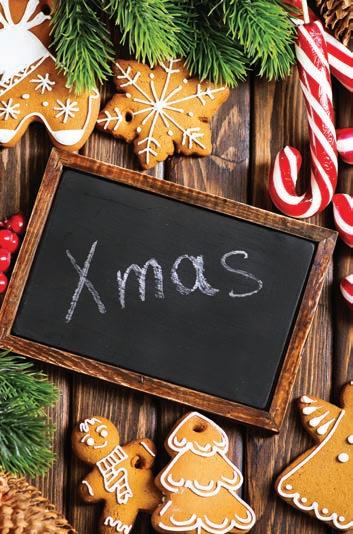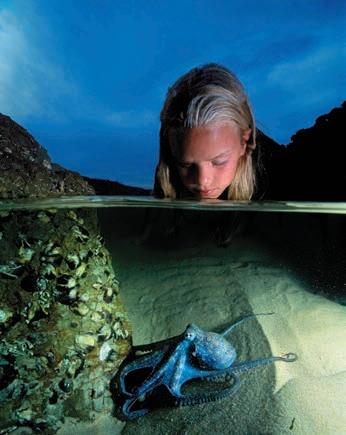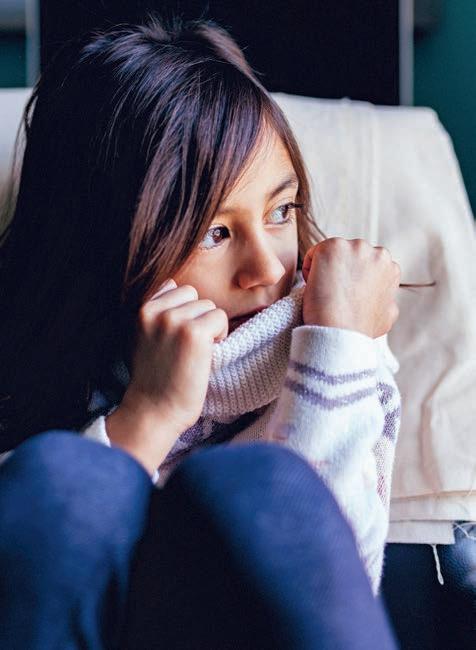
6 minute read
Wardle
Wardle BY PETER SHEPHERD
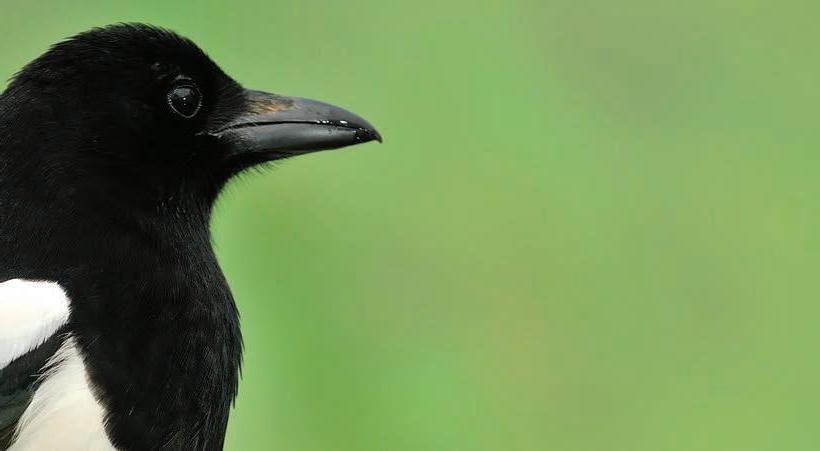
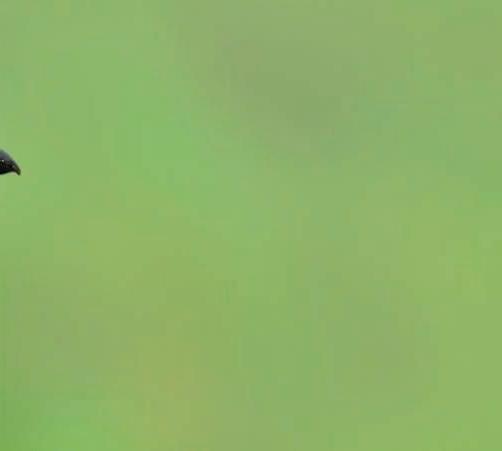
Sure your street has a street name, clanged to a metal pole down the corner. There might even be a particularly weird letterbox that says, ah, here we are. It could be a tree that says home, that is as distinct as any of the houses; or a particularly goofy concrete statue (you know the one). But if you close your eyes, would you know where you are?
Because, chances are, your street has a song. It’s own song. I’m not talking sounds – the distinct rumble of the wheelie bin, say, or the equally distinct (and annoying) bark of the poodle at number 15. I’m talking waddle giggle gargle. I’m talking quardle oodle ardle wardle doodle. Welcome home. You know that song. We all do. But if what you’re hearing in your head right now is the classic oogle wargle from TV and doccos, it could very well be from some random Smith Street, or Somewhere Else Boulevarde. To know the song on your street, you’ve got to listen. At your place. Mornings are good. Because a small bunch of researchers have discovered that Currawongs have a distinct local dialect (up to a 3k radius), and the way Currawongs talk is by singing, by warbling, by chatter-rrrking, as do their cousins, the butcherbirds. As do their cousins, the magpies. Here’s a story: From a tree across the road: boodle doodle warble. I had stepped outside to try and begin learning what our street song might be. And now, as the boodle doodle warble continued, an idea seized me. What better way to learn than to sing it back?
Boodle doodle warble, I said. Sang. Sort of.
Suddenly there was a pause in the warbling. Then:
Boodle doodle warble. Me: Boodle doodle warble Another pause. Boodle doodle warble gargle So, me: Boodle doodle warble gargle. Boodle doodle warble gargle woop!! Boodle doodle warble gargle – woop!!!! – I was good on the woop! I thought; I was really getting up some enthusiasm. Then. Boodle doodle warble gargle woop warp goodle brrp.... Um. I tried, I really did, stumbling at the multi octaves suddenly, fizzing out into an apologetic, quiet, suddenly self conscious, um, waaagle. But I got there. Then again, that entire new riff from the tree, the whole boodle to brrp, then, on the end – ah ah ah ah ah ah – a kookaburra jumping in. Laughing at us? I stared hard at the trees across the road, wondering at the comic timing, looking for this mischievous song-sabotaging cackler. Until, wearing out my staring, I realised it was the same spot. The same odelling choralling bird.
And there he was, suddenly, on this side of the road, on the phone wire above the lawn of our place, leaning forward, smooth black and white head cocked staring at me, yellow eyes bright. For a few moments we just looked at each other, then I smiled, then I laughed, and he bobbed and flew back to the tree.
Research also says that they stay in the one street, for decades. They know all the individual faces around them and, no doubt, the individual voices. They can imitate, it’s been noted, at least 35 other birds, along with machines and (annoyingly) dogs. They raise their song at dawn, it is reckoned, to mark their home (much us we might have, once upon a time, walked out to fetch the paper on the lawn, waving at the neighbour in the process). But then, it is noted, they spend a couple of hours doodling. Making stuff up. Practising. Riffing. Jamming. No one knows why, although practising, playing, and passing the time seem high on the list. Research also says (bless you, research) that magpies like to make friends.
The song holds within it the whole street – the recognisable faces of a neighbourhood’s days, from feathered ones to furred ones to distinct and seasonal insecty ones to the distinct cars to the people that drive and passenger in them. So many possibilities to join in the chorus of familiarity and connection and welcome. The way most of us sing in the shower or car – maybe we should take that wild indifferent enthusiasm outside and join in* – like the cicadas and crickets do, like the tweeters and warblers do. Stamping a signature on the world that says here.
For anyone willing to really listen to what it means to be home.
* (not showering, singing – that’s probably an important difference) Waddle giggle gargle, is from the Pamela Allen picture book, Waddle Giggle Gargle Paddle Poodle Quardie oodle ardle wardie doodle is from The Magpie by New Zealand poet Denis Glover Boodle Doodle Warble is from a song by a magpie in Mullumbimby, whose name I don’t know, but, if I did, I doubt I would be able to pronounce it with much grace. Though, I have to admit, I would try.
Ingredients
100g (½ cup, firmly packed) brown sugar 125ml (½ cup) golden syrup 50g butter 340g (2 ½ cups) plain flour 75g (½ cup) self-raising flour 1 ½ tablespoons ground ginger 1 ½ teaspoons mixed spice Method
STEP 1 Place the sugar, golden syrup and butter in a small saucepan over low heat. Cook, stirring, for 3-5 minutes, until the butter is melted and sugar is dissolved. Set aside for 5 minutes to cool slightly. STEP 2 Combine flours, ginger, mixed spice, cloves and bicarb in a large bowl. Add sugar mixture and egg. Stir to combine. Turn dough onto a lightly floured surface. Knead until smooth. Divide into 2 portions. Shape into discs. Wrap in plastic wrap and place in the fridge for 1 hour to chill. STEP 3 Preheat oven to 170C/150C fan forced. Line 3 large baking trays with baking paper. Roll 1 portion of dough out on a lightly floured sheet of baking paper until 3mm thick. Use star cutters to cut out four 2cm stars, six 4cm stars, six 6cm stars, six 8cm 1 teaspoon ground cloves ½ teaspoon bicarbonate of soda 1 egg, lightly whisked 330g pkt royal icing 60ml (¼ cup) fresh lemon juice, strained Gold or silver cachous, to decorate

stars, six 10cm stars and six 12cm stars from the dough, re-rolling the dough if necessary (use the second portion if you need to, or reserve for another use). Place on prepared trays. Use the tip of a 1cm plain piping nozzle to cut out a hole in the centre of each star. Bake for 10-12 minutes or until light golden and crisp. Set aside on the trays to cool completely. STEP 4 Place the royal icing in a large bowl. Add the lemon juice. Use a balloon whisk to whisk the icing for 3-5 minutes or until the icing is thick and increased in volume. If the icing is too thick and stiff to pipe, add a little hot water and whisk again to loosen up slightly. Place icing in a piping bag fitted with a 1-2mm plain nozzle. Decorate the points of the stars with icing. Set aside for 3-4 hours or until set. STEP 5 To assemble the tree, thread the 12cm stars onto a plastic dowel rod, glueing each layer with icing and rotating stars slightly as you go (see top tips). Continue threading and glueing the remaining stars, in decreasing size, finishing with a 2cm star glued with icing upright at the top of the tree. Pipe extra icing on the stars to create a snowy look and decorate with cachous. Set aside to set.
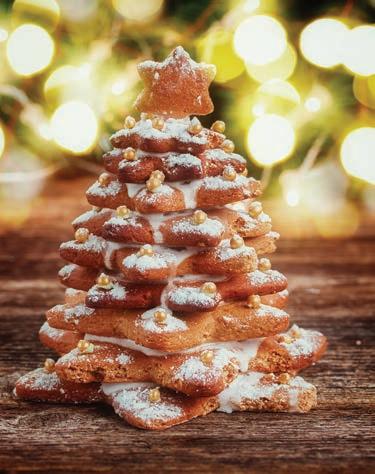
NOTES You can purchase ‘Christmas tree’ cookie cutter sets with all the different sized star cutters that are required for making a gingerbread Christmas tree. Purchase plastic dowel rods from specialty cake or craft stores. Ensure the width of the dowel rod is less than 1cm. Before you start glueing the stars with icing, thread the stars onto the dowel rod to measure how tall the tree will be. Then, use a serrated knife to trim the dowel rod to fit.


